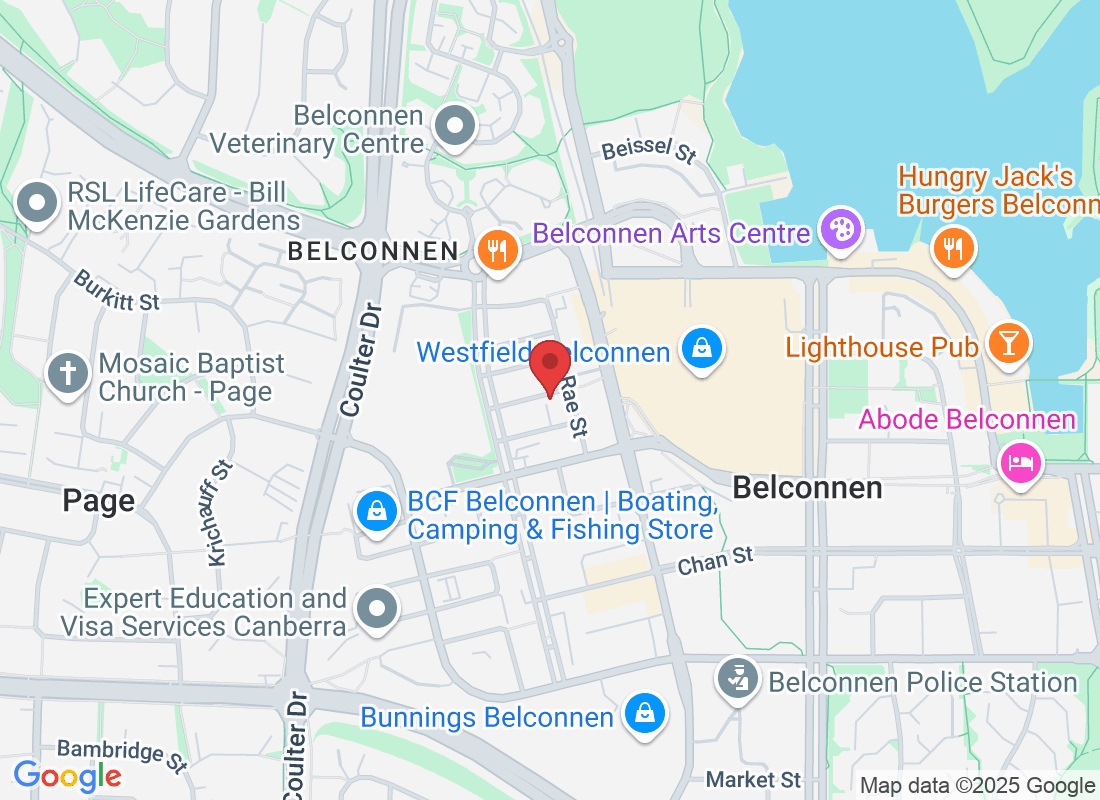
Ehlers-Danlos Syndrome Explained: What It Means for Your Joints and Movement
Ehlers-Danlos Syndrome (EDS) is a group of inherited connective tissue conditions that primarily affect the joints, skin, and blood vessels. While EDS presents differently from person to person, one of the most common features is joint hypermobility—joints that move beyond the typical range of motion.
At first glance, being extra flexible might sound like an advantage. However, for many people with EDS, that flexibility comes with pain, instability, fatigue, and an increased risk of injury. In this blog, we’ll explore what EDS is, how it affects movement and joint health, and how physiotherapy can help you manage symptoms and maintain a better quality of life.
What Is Ehlers-Danlos Syndrome?
EDS refers to a group of genetic disorders that affect the structure and function of connective tissue. Connective tissue is the supportive framework that holds the body together—found in skin, ligaments, joints, blood vessels, and organs.
In EDS, the body doesn’t produce collagen properly. Collagen is a key protein that provides strength and elasticity to tissues. When it’s faulty, the result is loose joints, stretchy or fragile skin, and a host of related symptoms.
There are several types of EDS, but the most common is Hypermobile Ehlers-Danlos Syndrome (hEDS). Unlike other types, hEDS currently doesn’t have a known genetic marker, making diagnosis based on clinical signs and family history.
Common Signs and Symptoms of hEDS
Joint hypermobility – Joints that move further than normal
Frequent joint dislocations or subluxations (partial dislocations)
Chronic joint and muscle pain
Soft, velvety skin that may bruise easily
Fatigue or low energy levels
Poor balance or coordination
Clicking or popping joints
Delayed recovery from injury or increased injury risk
Some individuals may also experience digestive issues, dizziness, anxiety, and problems with temperature regulation. These are all part of what’s known as Hypermobility Spectrum Disorders (HSD), which includes hEDS and other related conditions.
How EDS Affects Movement and Joint Function
Joints rely on a combination of ligaments, tendons, muscles, and joint capsules to keep them stable. In people with EDS, the connective tissues supporting these structures are more elastic than they should be. This means:
Joints can move beyond their normal range, but lack stability
Muscles must work harder to keep joints aligned
This can lead to pain, overuse injuries, and fatigue
There may be a tendency to compensate with other muscles, leading to postural problems
Over time, repeated strain and instability can result in reduced confidence in movement, making it harder to stay active or participate in everyday activities comfortably.
How Physiotherapy Helps Manage EDS
There is currently no cure for Ehlers-Danlos Syndrome, but physiotherapy plays a central role in improving joint control, managing symptoms, and supporting function.
At Belconnen Physiotherapy, we take an individualised approach to care. Everyone experiences EDS differently, so treatment plans are tailored based on your symptoms, goals, and lifestyle.
Here’s how physiotherapy can help:
✅ Strengthening and Stability Exercises
We focus on building strength in the muscles that surround and support hypermobile joints. This can reduce the likelihood of dislocations, improve posture, and decrease pain.
✅ Movement Education
We teach strategies to move more safely—reducing joint strain and preventing overextension. This includes posture training and alignment work.
✅ Pacing and Activity Management
We help you balance movement with rest. Overdoing it can lead to flare-ups, while underdoing it may result in muscle weakness and deconditioning.
✅ Manual Therapy (when appropriate)
Gentle techniques can help relieve muscle tightness and improve comfort—always applied carefully, based on your body's needs.
✅ Long-Term Management and Support
Physiotherapy can be a long-term support system, helping you adapt your routine and manage symptoms through different life stages.
Tips for Living Well with EDS
Alongside physiotherapy, here are a few tips to help manage day-to-day life with EDS:
Avoid locking joints—keep elbows and knees slightly bent during activity
Focus on low-impact movement like swimming, Pilates, or walking
Use supportive footwear to help with alignment and balance
Break up tasks into smaller parts to avoid fatigue
Stay consistent with your exercises and self-care routines
Final Thoughts
Living with Ehlers-Danlos Syndrome can present unique challenges, but with the right support and knowledge, it’s possible to move more confidently and comfortably. Physiotherapy doesn’t just target symptoms—it empowers you to take control of your movement, strength, and independence.
If you or someone you know is navigating life with EDS or hypermobility, we’re here to help. At Belconnen Physiotherapy, we’ll work with you to create a plan that suits your body and supports your goals.
Want to know more? Get in touch today and start building a stronger foundation—one step at a time.



